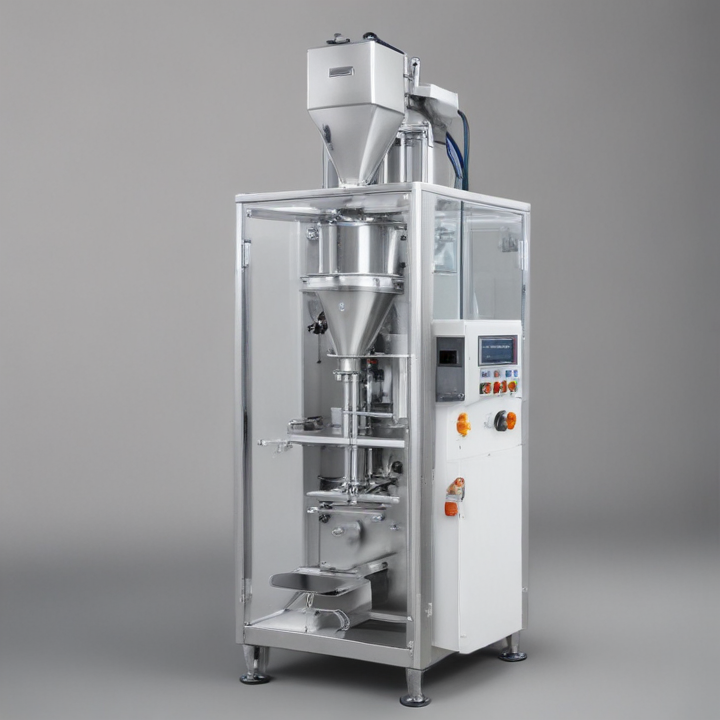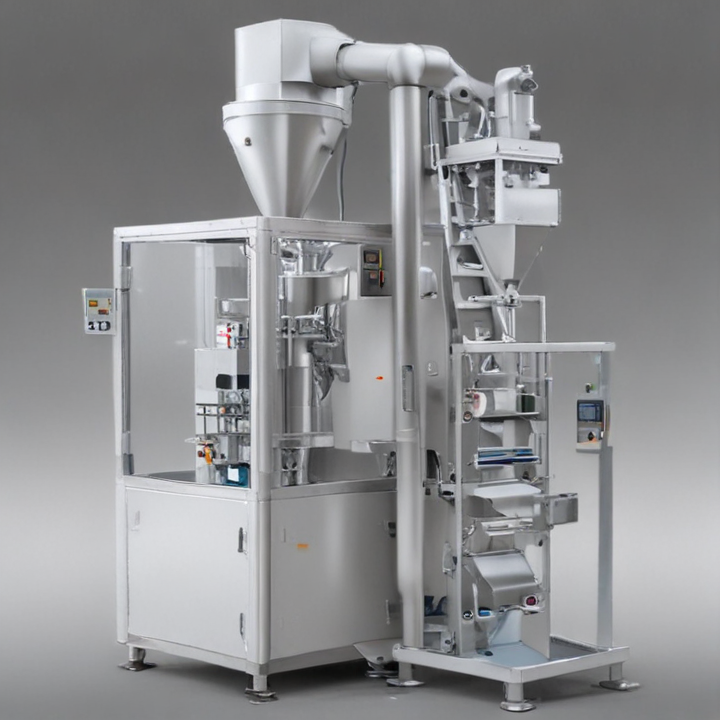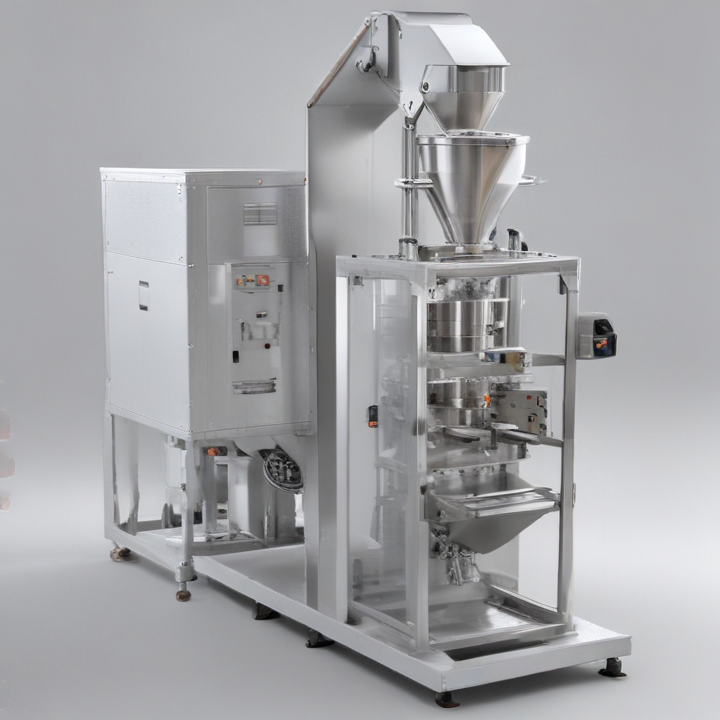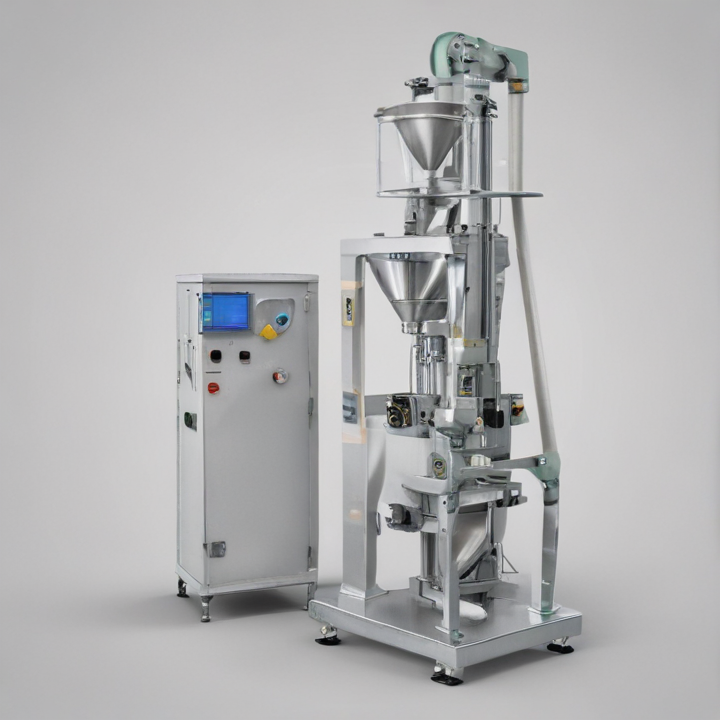List Technical Parameters of “powder packaging machinery”
Powder packaging machinery is a specialized equipment used for packaging dry or powdered products in various industries. These machines are designed to handle a wide range of sizes, volumes, and types of powdered products, ensuring accurate and efficient packaging. Here, we will outline some of the key technical parameters of powder packaging machinery.
1. Packaging Speed: The packaging speed is a crucial technical parameter that determines the number of products a machine can package per minute. Powder packaging machines offer different speed options, ranging from 30-60 bags per minute to high-speed machines capable of 90-150 bags per minute.
2. Filling Range: The filling range refers to the amount of powder that can be dispensed into each bag or container. Powder packaging machines are equipped with adjustable filling ranges, which can typically range from a few grams to several kilograms, depending on the specific model.
3. Bag/Container Size: Another important technical parameter is the range of bag or container sizes that a machine can accommodate. Powder packaging machinery can handle various bag types such as pillow bags, gusseted bags, sachets, pouches, and cans. The machines are designed to handle a wide range of sizes and can be adjusted to suit specific packaging requirements.
4. Accuracy: The accuracy of the powder packaging machine is critical to ensure consistent and precise filling. Advanced machines employ technologies such as load cells or servo systems to maintain high accuracy, ensuring that each bag contains the correct amount of powder.
5. Sealing Type: Powder packaging machines use different sealing techniques such as heat sealing, ultrasonic sealing, or ziplock sealing, depending on the application and product requirements. These machines provide options for various sealing types to ensure proper closure and prevent leakage or contamination.
6. Control System: The control system of the powder packaging machinery plays a crucial role in its operation. It typically includes a user-friendly interface, programmable logic controllers (PLCs), and touchscreens, allowing operators to monitor and control various aspects of the packaging process, such as speed, filling weight, and sealing parameters.
7. Material Compatibility: Powder packaging machines are designed to handle a wide range of powdered products, including food items, chemicals, pharmaceuticals, and more. The machines are constructed from food-grade stainless steel or other suitable materials to ensure compatibility with the product being packaged, minimize contamination risks, and meet hygiene standards.
8. Optional Features: Some additional technical parameters to consider include options for integrated labeling systems, date/lot coding, gas flushing (to preserve product freshness), dust extraction systems, and automatic bag/sachet counting or stacking mechanisms, which can enhance the capabilities and automation of the powder packaging machine.
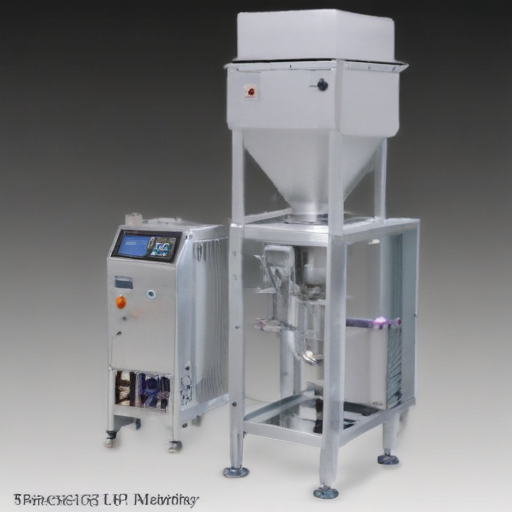
List Product features of “powder packaging machinery”
Powder packaging machinery refers to the equipment used in the packaging of powdered products. These machines are designed to automate the process of filling, sealing, labeling, and coding powder products with efficiency and accuracy. Here are some of the essential product features of powder packaging machinery:
1. Versatile Packaging: Powder packaging machinery offers versatile packaging options, allowing for various sizes and types of packaging, such as pouches, bags, sachets, bottles, cans, jars, and more. This flexibility enables packaging that suits the specific requirements of the powdered product being packed.
2. High Precision Filling: These machines feature advanced weighing or volumetric filling systems, ensuring precise measurement and consistent filling of the powder into the containers. Accurate filling leads to minimal product waste and helps maintain product quality.
3. Multiple Packaging Speeds: Powder packaging machinery is equipped with adjustable speed settings to accommodate different production demands. It can handle high-speed packaging for large-scale manufacturing or slower speeds for small-scale operations, providing flexibility to adapt to changing business needs.
4. Easy Operation and Control: The machines are user-friendly, incorporating intuitive control panels that allow operators to set parameters, monitor the packaging process, adjust settings, and troubleshoot easily. This simplifies operation, reduces human error, and enhances overall efficiency.
5. Hygienic Design: Powder packaging machinery is constructed using sanitary materials and features a hygienic design to meet industry standards. Easy-to-clean surfaces, dust-proof enclosures, and sealing mechanisms prevent contamination and ensure product safety and integrity.
6. Integrated Packaging Functions: These machines are equipped with various integrated functions, including powder feeding, pouch forming, filling, sealing, and labeling. Some advanced models also offer coding, batch printing, gas flushing (for product preservation), and nitrogen flushing (to prevent moisture and maintain product quality).
7. Customization Options: Powder packaging machinery can be customized to meet specific product requirements. Optional features include gas flushing, tear notches, zipper applicators, spout applicators, date coders, and more. Customization enables product differentiation, branding, and improved consumer experience.
8. Advanced Safety Features: To ensure operator safety, these machines incorporate safety sensors, emergency stop buttons, interlock systems, and protective guards to prevent accidents and injuries during operation.
9. Integration with other Equipment: Powder packaging machinery can be integrated with other packaging or production lines, such as conveyors, metal detectors, checkweighers, and robotic systems, allowing for seamless automation and improved overall efficiency.
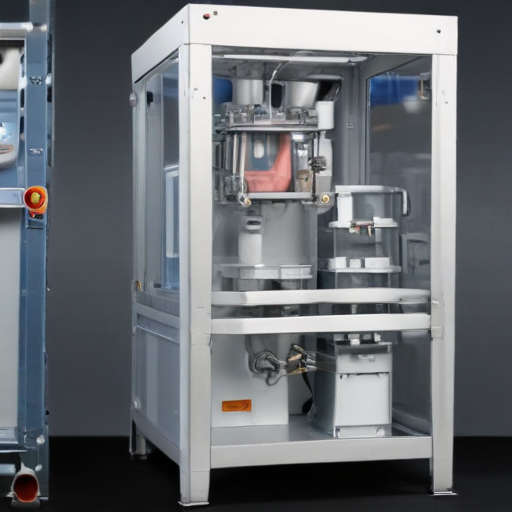
List Application of “powder packaging machinery”
Powder packaging machinery is utilized in a wide range of industries for efficient and accurate packaging of various powdered products. These machines offer automated packaging solutions that ensure high productivity, product hygiene, and precision. Let’s explore some of the applications of powder packaging machinery.
1. Food and Beverage Industry: Powder packaging machinery is extensively used in the food and beverage industry for packaging products such as spices, baking mixes, coffee, tea, powdered dairy products, and protein powders. These machines ensure proper weighing, sealing, and labeling, maintaining the integrity and quality of the powdered food products.
2. Pharmaceutical Industry: Powdered medications, vitamins, and supplements need to be packaged with utmost precision. Powder packaging machinery ensures the correct dosage and prevents contamination or exposure to external elements. It also facilitates the labeling and identification of the products.
3. Chemical and Agricultural Industry: Many powdered chemicals, fertilizers, pesticides, and herbicides are packaged using powder packaging machinery. These machines handle hazardous or corrosive powders safely and efficiently, ensuring accurate weighing and sealing, minimizing product waste and human exposure.
4. Cosmetic and Personal Care Industry: Powder packaging machinery is used for packaging various cosmetic and personal care products such as talcum powder, face powders, facial masks, powdered soaps, and dry shampoos. These machines enable consistent and precise filling, ensuring that the products meet the desired quality standards.
5. Automotive and Construction Industry: Powder packaging machinery is also applied in the automotive and construction sectors for packaging powdered paints, coatings, adhesives, and cement mixes. These machines provide controlled packaging to prevent moisture absorption, maintain product quality, and optimize shelf life.
6. Pet Food and Animal Feed Industry: Powders used in the production of pet food and animal feed, including powdered nutritional supplements, additives, vitamins, and minerals, require accurate filling and sealing. Powder packaging machinery ensures the proper packaging of these products, meeting the industry’s hygiene and regulatory standards.
7. Environmental Testing and Analysis: Powder packaging machinery is employed in laboratories and research facilities for packaging powdered samples for various environmental testing and analysis procedures. These machines aid in maintaining sample integrity, minimizing cross-contamination, and ensuring accurate and efficient results.
In summary, powder packaging machinery finds versatile applications in the food and beverage, pharmaceutical, chemical, cosmetic, automotive, pet food, animal feed industries, as well as in environmental testing and analysis. These machines streamline the packaging process, enhance productivity, maintain product quality, and improve overall customer satisfaction.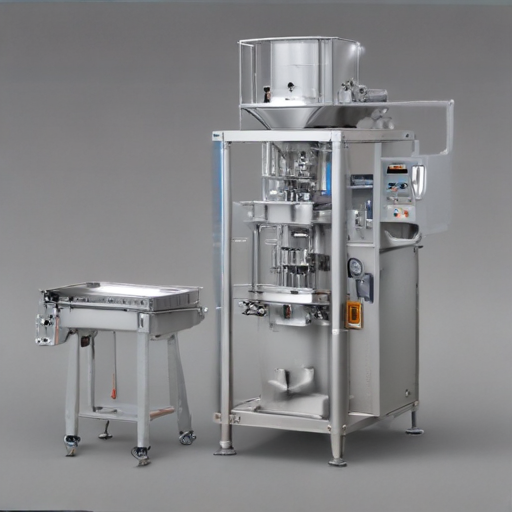
List Various Types of “powder packaging machinery”
Powder packaging machinery refers to the equipment used to package and fill powdered products such as food, pharmaceuticals, chemicals, and cosmetics. These machines are designed to handle a wide range of powdered products, and they come in different forms. Below are some of the various types of powder packaging machinery.
1. Auger fillers: These machines use an auger to transfer and measure the powder product into a container. Auger fillers are suitable for handling powdered products with varying densities and viscosities.
2. Screw fillers: Screw fillers work by using a rotating screw to move the powder into a container. They are ideal for packaging products with low to medium viscosity and free-flowing characteristics.
3. Volumetric fillers: These machines use a predetermined amount of volume to fill the powder into a container. They are suitable for products with consistent density and volume.
4. Weighing scales: These are machines that measure the weight of the powder and automatically fill it into a container. They are perfect for handling precise quantities of powdered products.
5. Bagging machines: Bagging machines are used to automatically fill and seal powder products into bags of different sizes. They are ideal for packaging large quantities of powdered products for sale.
6. Filling and capping machines: These machines fill the powder product into a container and seal it with a cap. They are commonly used for packaging pharmaceutical powders.
7. Sachet packaging machines: Sachet packaging machines are used to package powdered products into small, individual sachets. They are popularly used for packaging instant coffee, tea, and sugar.
Overall, these are some of the various types of powder packaging machinery. These machines allow manufacturers to package different forms of powdered products efficiently and accurately, helping them to increase productivity while minimizing waste.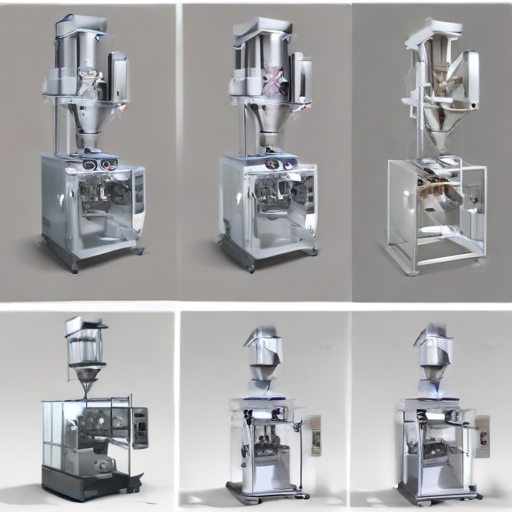
Custom Manufacturing Options for powder packaging machinery
When it comes to powder packaging machinery, there is a wide range of custom manufacturing options available to suit the specific needs and requirements of different industries. These custom options aim to improve efficiency, increase productivity, and ensure the overall success of the packaging process.
One common custom manufacturing option is the ability to adjust the size and dimensions of the packaging machinery. Manufacturers can design and produce powder packaging machines in various sizes to accommodate different space constraints in the facility. This ensures that the machinery can fit seamlessly into the production line without causing any disruptions.
Another custom option is the ability to choose the appropriate filling mechanism. Powder packaging machinery can be customized to use various filling mechanisms, such as auger fillers, screw fillers, or piston fillers, depending on the characteristics of the powder being packaged. This allows for precise and accurate dosage of the powder, minimizing wastage and ensuring consistent quality.
Customization options also extend to the control systems of the packaging machinery. Manufacturers can develop control panels that are user-friendly and intuitive, making it easier for operators to set up, operate, and maintain the machinery. Additionally, advanced control systems can be integrated, allowing for automation, real-time monitoring, and data analysis to optimize the packaging process and improve overall efficiency.
Furthermore, custom manufacturing options for powder packaging machinery include the ability to select the appropriate material for construction. Manufacturers can work with different materials, such as stainless steel or food-grade materials, to ensure compliance with industry regulations and standards. This ensures the hygiene and safety of the packaged powder, preventing any contamination or product deterioration.
Lastly, custom options can also involve the addition of special features or accessories to the packaging machinery. For example, manufacturers can incorporate dust collection systems to control and minimize the spread of powder during the packaging process. Other features may include packaging materials handling systems, labeling systems, or even integration with existing conveyor systems.
In conclusion, custom manufacturing options for powder packaging machinery offer a wide range of possibilities to optimize the packaging process. From adjusting the size and dimensions to choosing the appropriate filling mechanism, control systems, materials, and additional features, these custom options ensure a tailored solution to meet the unique requirements of different industries.
List Quality Control and The Manufacturing Process of “powder packaging machinery”
Powder packaging machinery plays a crucial role in ensuring the quality and efficiency of packaging powdered products. To maintain high-quality control standards, several quality control measures are implemented throughout the manufacturing process of this machinery.
The manufacturing process begins with the selection of high-quality materials, such as stainless steel, which is durable and provides excellent corrosion resistance. Quality inspections are carried out at different stages, including material inspection, to ensure that all components meet the required standards.
During the assembly of the machinery, strict quality control measures are implemented to ensure precise and accurate positioning of parts. This is crucial to guarantee the proper functioning of the machinery and to prevent any potential defects or malfunctions. Comprehensive testing is done at each stage, including individual component testing and functional testing of the entire machinery.
To ensure smooth and reliable operation, rigorous testing is performed to evaluate the performance of the machinery under various operating conditions. This includes testing the machinery’s capacity to handle different types of powdered products, such as fine powders or granulated powders, and its ability to accurately measure and dispense the correct quantity.
The powder packaging machinery is subjected to thorough functionality checks to confirm proper synchronization of its various components. This includes testing the accuracy of filling, sealing, and labeling mechanisms, as well as the speed and efficiency of the overall packaging process. These tests are crucial to ensure that the machinery operates smoothly and meets the specified production targets.
In addition to quality control measures during the manufacturing process, manufacturers also provide comprehensive after-sales support. This includes regular maintenance services and the availability of spare parts to guarantee the longevity and reliability of the powder packaging machinery.
Overall, the quality control procedures and the meticulous manufacturing process of powder packaging machinery ensure the production of efficient, reliable, and high-quality equipment that meets industry standards. The attention to detail and rigorous testing at every stage help maintain the reputation and credibility of manufacturers in delivering superior packaging solutions for powdered products.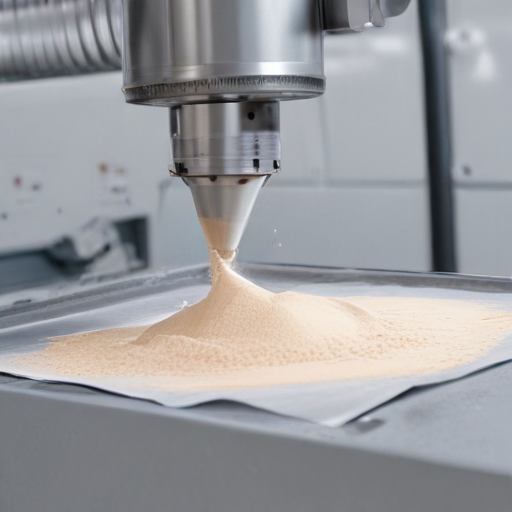
How to use “powder packaging machinery”
Powder packaging machinery is a specialized machine used to package powdered products efficiently and accurately. Here is a step-by-step guide on how to use powder packaging machinery:
1. Preparation: Before using the powder packaging machinery, ensure that the machine is clean and free from any residue or foreign particles. This will help to maintain product quality and prevent contamination. Also, have the necessary raw materials and packaging materials readily available.
2. Adjustments: Set up the machine according to the requirements of the product and packaging specifications. This includes adjusting the machine speed, fill weight, seal temperature, and other parameters. Refer to the manufacturer’s instructions or machine manual for guidance.
3. Loading: Load the powdered product into the hopper or feeding system of the machine. Ensure that the hopper is not overfilled or underfilled to maintain consistent and accurate filling. Use a separate tool, such as a funnel or dispenser, for pouring the powder into the hopper to prevent spillage.
4. Quality Control: Run a test cycle to check the initial product output and packaging quality. Make any necessary adjustments to the machine settings if the results are not satisfactory. This step is crucial to ensure that the machinery is calibrated correctly and meets the desired packaging standards.
5. Operation: Start the machine and let it run continuously for the desired number of packaging cycles. Monitor the machine’s performance, ensuring that the powder is accurately weighed and dispensed into the packaging material. Keep an eye on the packaging seal integrity and make any necessary adjustments during the production run.
6. Maintenance: Regularly clean and maintain the powder packaging machinery to ensure optimal performance and longevity. This includes cleaning the hopper, replacing worn-out parts, checking and tightening loose connections, and following the manufacturer’s recommended maintenance schedule.
7. Inspection: After packaging, inspect the sealed packages for any defects or issues. Remove any faulty packages from the production line to maintain quality control. Also, check the machine for any residue accumulation or signs of wear and tear.
By following these steps, you can effectively use powder packaging machinery to package powdered products efficiently, accurately, and maintain high-quality standards. Always refer to the machine manual or seek assistance from the manufacturer if any issues or complications arise.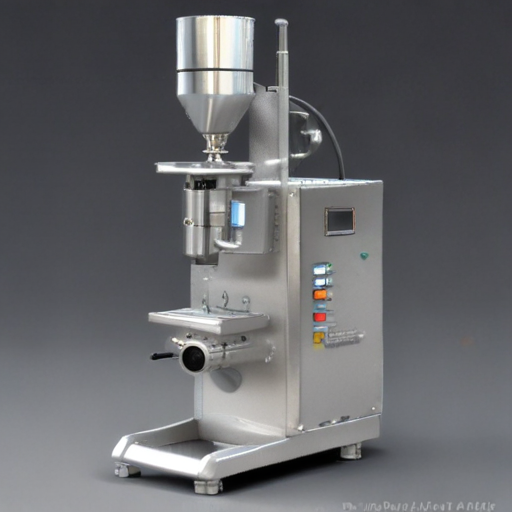
List Properties and Terms of “powder packaging machinery”
Powder packaging machinery is a specialized type of packaging machinery that is used to pack various types of powdered products into different types of packaging. This type of machinery is designed to handle powders of various sizes, textures, and densities, and is used in various industries such as food and beverage, pharmaceutical, chemical, and cosmetics.
Properties of powder packaging machinery include versatility, accuracy, speed, and reliability. These machines can be used to pack a wide range of products, including food powders, pharmaceutical powders, chemical powders, and cosmetic powders. They are capable of filling and sealing different types of packaging such as pouches, bags, sachets, cans, and bottles.
Powder packaging machinery is also highly accurate and can be programmed to dispense a specific amount of powder for each packaging. This ensures consistency in product quality and quantity. Furthermore, these machines are designed to operate at high speeds, which increases productivity and output. They are also built to last, with durable materials and advanced engineering that ensures reliability and minimal downtime.
Terms commonly associated with powder packaging machinery include auger filling, volumetric filling, weigh filling, vertical form fill seal (VFFS), horizontal form fill seal (HFFS), and rotary fillers. Auger filling involves the use of a helical-shaped tool that dispenses the powder into the packaging. Volumetric filling involves the use of a measuring cup or spoon-like device to dispense a specific volume of powder. Weigh filling involves the use of load cells that weigh the product as it is dispensed into the packaging. VFFS and HFFS refer to the different orientations of packaging that can be filled and sealed by the machinery. Finally, rotary fillers are used for high-speed production lines and work by placing packaging containers on a continuously rotating platform that fills and seals them as they move along the line.
In conclusion, powder packaging machinery is a versatile, accurate, fast, and reliable type of machinery used in various industries. With several different terms and methods associated with this type of machinery, businesses can choose the type of powder packaging machinery best suited for their specific requirements to ensure that their products are packaged accurately, consistently, and efficiently.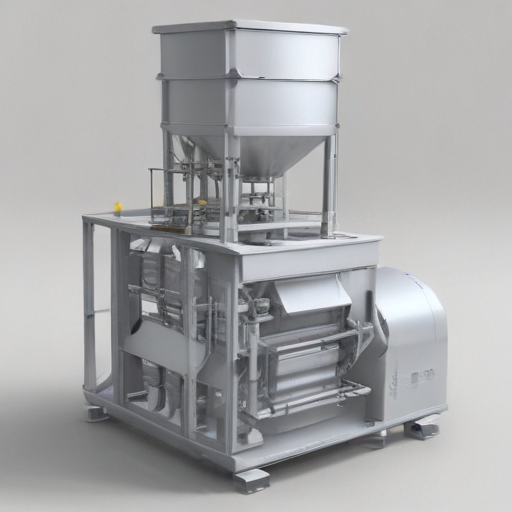
List The Evolution history of “powder packaging machinery”
The evolution of powder packaging machinery can be divided into four main stages: manual packaging, semi-automatic packaging, automatic packaging, and intelligent packaging.
Manual packaging was the earliest form of powder packaging and involved individuals filling and sealing containers by hand. This process was slow and labor-intensive, as workers had to weigh and measure the powder, pour it into containers, and seal them.
Semi-automatic packaging was introduced in the mid-20th century and involved using machines to weigh and measure the powder, but still required workers to manually load and unload the containers.
Automatic packaging came with the development of fully automated powder packaging machines in the 1970s. These machines could weigh, measure, fill, and seal containers without human intervention, increasing efficiency and minimizing errors.
In recent years, intelligent packaging machines have been developed, which use sophisticated technologies like Artificial Intelligence and Machine Learning to analyze real-time data from the production process and make adjustments automatically. These smart machines can optimize the packaging process for maximum efficiency and quality.
Overall, the evolution of powder packaging machinery has been driven by the need for increased efficiency, accuracy, and product quality. As technologies continue to advance, we can expect further improvements in powder packaging that will streamline the process even further and improve the quality of the final product.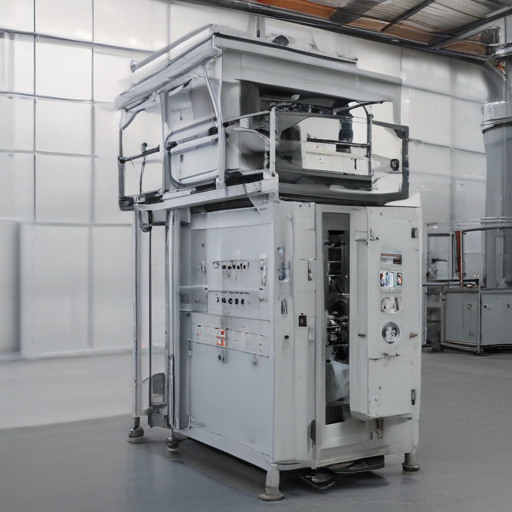
How to Select a Reliable powder packaging machinery
Selecting a reliable powder packaging machinery is crucial for ensuring the efficiency and effectiveness of packaging operations. Here are a few important factors to consider when choosing such machinery:
1. Research and compare: Begin by conducting thorough research on different suppliers and manufacturers of powder packaging machinery. Look for their reputation, experience, and customer reviews. Compare the features, specifications, and prices of different machines to determine which ones meet your requirements.
2. Quality and durability: Opt for machinery that is made from high-quality materials and has sturdy construction. This ensures durability and longevity of the machine, preventing frequent breakdowns and reducing maintenance costs. Check if the machine is well-designed for handling powders effectively with minimal spillage.
3. Customization options: Consider your specific packaging requirements and choose a machine that offers customization options. This includes adjustable filling volume, various packaging sizes, and the ability to handle different types of powders. A flexible machine allows for versatility in packaging various products.
4. Efficiency and productivity: Look for machinery that offers high-speed packaging and precise filling capabilities. Consider the output capacity of the machine and how it matches your production needs. A reliable machine should be able to maintain consistent efficiency across different batches.
5. Ease of use and technical support: Select a machine that is user-friendly and easy to operate. Check if the supplier provides comprehensive training and manuals for operating and maintaining the machinery. Additionally, ensure that the supplier offers technical support and troubleshooting services to address any issues that may arise during operations.
6. Safety features: Powder packaging machinery should have adequate safety features to protect the operators and maintain compliance with safety regulations. Look for features such as emergency stop buttons, safety guards, and sensors that prevent operation if the machine is not in proper working condition.
7. Warranty and after-sales support: Choose a supplier that offers a warranty on the machine and provides reliable after-sales support. A warranty ensures that any defects or issues with the machine can be addressed without additional expenses. Good after-sales support includes timely responses to queries, availability of spare parts, and prompt service assistance.
In summary, selecting a reliable powder packaging machinery requires thorough research, considering factors such as quality, customization options, efficiency, ease of use, safety features, and after-sales support. Making an informed decision will ensure smooth and efficient powder packaging operations in the long run.
List “powder packaging machinery” FAQ
1. What is powder packaging machinery?
Powder packaging machinery refers to equipment specifically designed to automate the packaging process of powders, such as food ingredients, pharmaceuticals, chemicals, and powdered beverages. It encompasses machines that can fill, seal, weigh, label, and pack various types of powder substances efficiently.
2. What are the benefits of using powder packaging machinery?
Powder packaging machinery offers several benefits, including increased efficiency, improved accuracy, reduced labor costs, and enhanced hygiene. These machines can handle large volumes of powder quickly and accurately, minimizing human errors and ensuring consistent results. Additionally, they are designed with sanitation in mind, reducing contamination risks and maintaining product quality.
3. What types of machines are available for powder packaging?
There are various types of machines for powder packaging, including powder filling machines, powder sealing machines, powder weighing machines, powder labeling machines, and automatic pouch packing machines. Each type serves a specific purpose in the packaging process, ensuring that powders are properly measured, sealed, and labeled.
4. How do powder filling machines work?
Powder filling machines are used to accurately measure and dispense powders into packaging containers. They typically consist of a hopper or reservoir that holds the powder, a conveyor system for containers, and a mechanism to dispense the powder into the containers. The machine is programmed to control the amount of powder dispensed, ensuring precise filling.
5. How can powder packaging machinery improve efficiency?
Powder packaging machinery can significantly improve efficiency by automating various packaging tasks. These machines can operate at high speeds, minimizing the time required for manual labor. Additionally, they can handle different container sizes and types, reducing changeover time and increasing overall output.
6. Are powder packaging machines suitable for different industry requirements?
Yes, powder packaging machinery is highly versatile and can be customized to meet the specific requirements of different industries. These machines can be equipped with features like nitrogen flushing for enhanced product protection, multiple filling heads for increased speed, and various sealing options to accommodate specific packaging materials.
In conclusion, powder packaging machinery is a range of versatile equipment designed to automate the packaging process of powders. It offers numerous benefits, such as increased efficiency, accuracy, and hygiene. Various types of machines are available, including filling, sealing, weighing, and labeling machines, all designed to optimize the powder packaging process for different industries’ needs.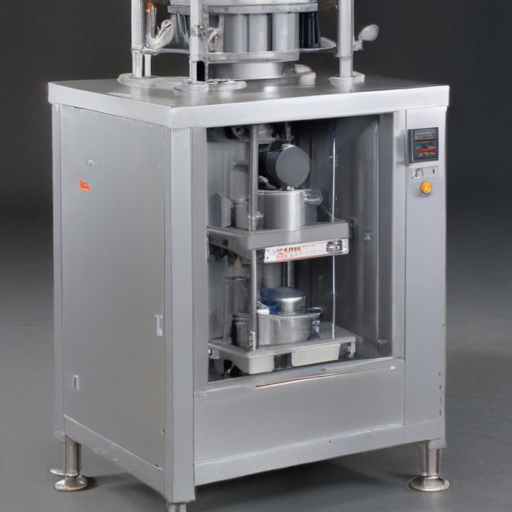
Top 10 FAQ with answer about powder packaging machinery for Buyer Sourcing from China
1. What types of powder packaging machinery are available from Chinese suppliers?
There are various types of powder packaging machinery available, including automatic powder packing machines, vertical form fill seal machines, pouch packaging machines, and auger filling machines.
2. How can I ensure the quality of powder packaging machinery from China?
To ensure quality, it is recommended to source from reputable manufacturers or suppliers in China. You can review their company profile, certifications, and customer reviews. Additionally, requesting samples and conducting factory inspections can help verify the quality of the machinery.
3. What are the common features of powder packaging machinery?
Some common features include automatic weighing and filling, adjustable packaging speed, accurate volumetric measurement, sealing functionality, and user-friendly controls.
4. Can the powder packaging machinery be customized to suit specific packaging requirements?
Yes, many Chinese manufacturers offer customization options to meet specific packaging needs. This includes adjustable filling capacity, packaging size, and additional features like date coding, gas flushing, or multi-lane packaging.
5. What is the production capacity of powder packaging machinery?
The production capacity varies depending on the specific machine model. Generally, it can range from 30-120 bags per minute, depending on the product characteristics, filling weight, and packaging size.
6. What are the power requirements for powder packaging machinery from China?
Most powder packaging machinery operates on standard electrical power supplies, such as 220V or 380V, depending on the specific machine model.
7. Is installation and training provided with powder packaging machinery purchases?
Many Chinese suppliers offer installation and training services. However, it is essential to clarify these terms with the supplier before making a purchase to avoid any misunderstandings.
8. What after-sales support is provided by Chinese suppliers?
Reputable suppliers generally offer a warranty period for the machinery and provide technical support for troubleshooting and spare parts availability.
9. Can I request a trial run or video demonstration of the powder packaging machinery before making a purchase?
Yes, most suppliers are willing to provide video demonstrations and trial runs upon request. This can help you evaluate the machine’s performance and suitability for your packaging requirements.
10. How can I arrange shipping and importation of powder packaging machinery from China?
Most Chinese suppliers have experience in international shipping and can assist in arranging transportation and preparing necessary documents for importation. However, it is advisable to work with a freight forwarder or customs agent to ensure smooth logistics and compliance with local regulations.

